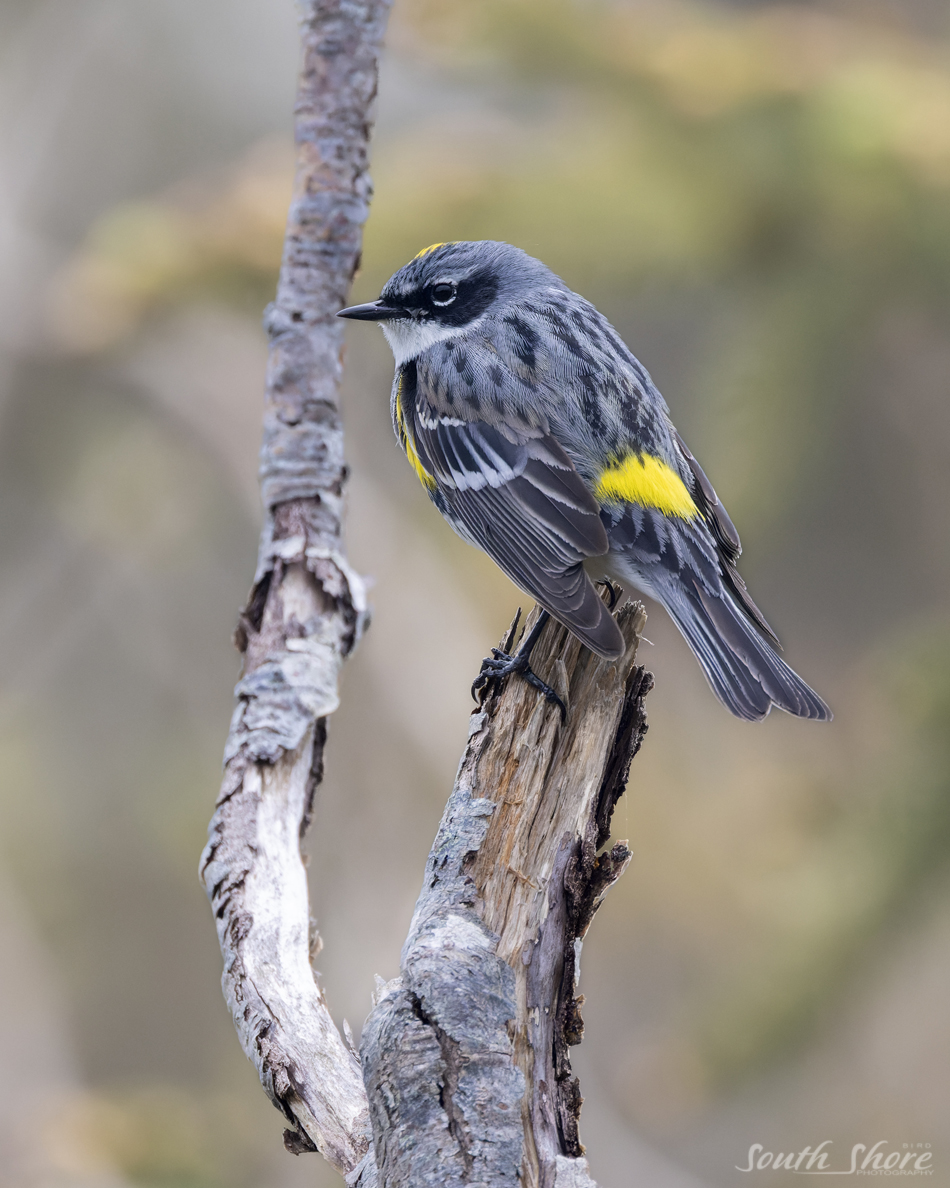While this years trip to Brier Island might have been a bit of a disappointment in terms of bird numbers and photographic opportunities it more than made up for it as far as the overall experience considering the good company, good weather, great food and bad jokes. This year included one of the largest group in all the years we've been making the trip, eight, ranging in age from 9 to ? Let's just say I turned 65 years old this year and there were a couple individuals older than me.
I travelled there as usual with Carmen, but Danielle came along as well for the first time in several years. We made the traditional stops along the way but it wasn't birds so much as flora that had the biggest visual impact on us on the drive there including several trillium that caught our attention.
While the whole bird may not have made an appearance we did find this feather which possibly came from a Broad-winged Hawk, a bird we were able to see later on the island.
We saw a few more birds on the way to Brier including a few terns which is something we almost never see on the island these days since the gulls have taken over their nesting area on Peter's Island in recent years. We heard a Pied-billed Grebe singing from the marsh on Digby Neck which was a bit of a treat.
On the island we met up with Mark and Gretchen and daughter Lucy as well as Christo and Allie who had driven all the way from Ottawa to be there. The weather was a little dreary the first evening but a walk on the beach at Pond Cove turned up a few late Purple Sandpipers.
It's a little hard to believe these are the same birds I photograph in the Winter here. Their breeding plumage is totally different and they loose the bright orange bills and legs they sport in the colder months.
The next morning things were a little uneventful but I did manage to get a distant shot of a Scarlet Tanager which was one of the highlights of the trip for me. He disappeared shortly after I took this photo and wasn't seen again
There was a smattering of warblers around, the Black-throated Green being the most common. Also seen but keeping their distance were a bright male Blackburnian, several Northern Parulas and a female Cape May.
By the third day there were lots of singing Gray Catbirds. Among them was a singing Brown Thrasher which was briefly seen by Carmen. Lucy received full marks for her birding skills when she noted and recalled that Gray Catbirds are not just gray but have rusty red feathers under their tails.
Warblers were still a bit of no show except for a Chestnut-sided, a brief showing back at camp by a Black-throated Blue and of course the ever present Yellow warbler and Yellow-rumped Warbler pictured here.












No comments:
Post a Comment